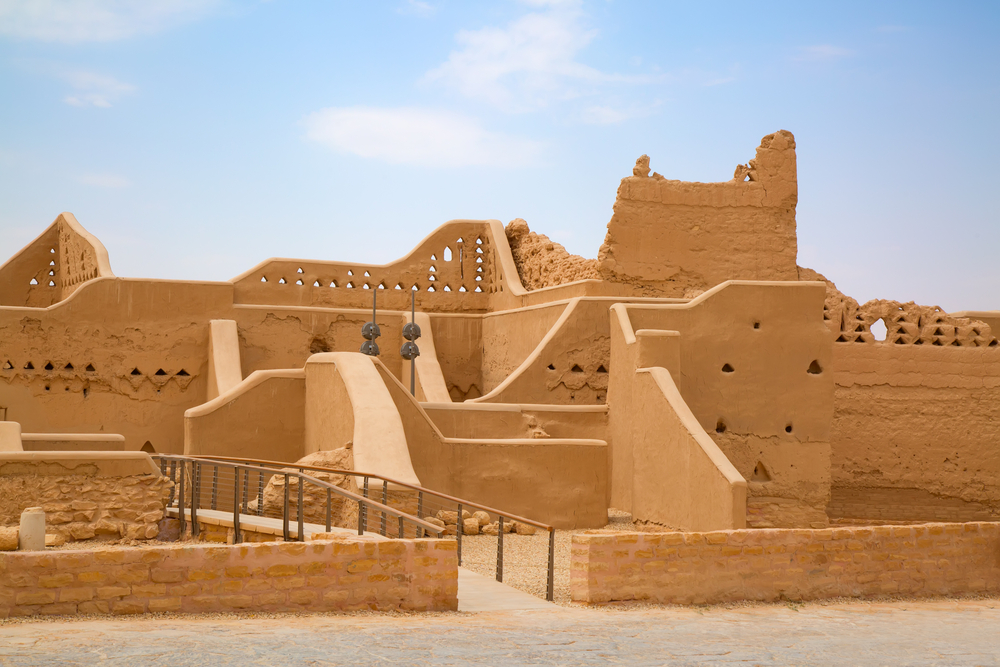ADVOCACY: Our future is built on our past
The future of international tourism must depend upon the preservation of our past
One of the most valuable lessons I’ve learned over the course of my five decades in the hospitality industry is that there is great truth in the old saying, “In the aftermath of a crisis, there is always opportunity.”
By now, the whole world understands that the global tourism industry was among those hit hardest by the Covid-19 pandemic. Now that most of the world is able to travel once again, opportunity has returned.
To seize it, it’s crucial that as an industry and society we come together like never before not only to maximise our collective recovery and to facilitate growth, but also to act decisively to safeguard the future of tourism.
The best way we can do that is through the creation of an industry that we can truly feel proud to be a part of: an international body of people that is sincerely mindful, committed to the environment and to the communities of which we are a part, and protecting, preserving, and celebrating our global heritage and unique cultural identity for future generations.
Most crucially, we must protect the heritage entrusted to us so that it can be passed on to future generations – it is imperative to our collective human relationship.
A springboard to our future
I believe strongly in the ability of the tourism industry to transport people not only physically, but spiritually, bringing to life the story of our common humanity by unlocking the secrets of our past through places of great cultural and historic significance.
According to the Organisation for Economic Co-operation and Development, there is a huge and growing appetite for trips that are built around visiting culturally important attractions.
Although it is wonderful to see so many people connecting with the past in this way, it is also true that increased footfall brings with it particular dangers.
This is unsurprising. The architects responsible for creating humankind’s most precious cultural sites – for example, the Pyramids, the Great Wall of China, Acropolis or Colosseum – could hardly have predicted the advent of airplanes and cruise ships, or the miracle of capitalism that created sufficient income for people to make several holidays a year.
The result in many of humankind’s most precious cultural sites has been worrying degradation, not just through the sheer weight of numbers moving through spaces not designed for so many people – over-tourism, in other words – but also through wilful damage such as graffiti and other forms of vandalism.
It’s imperative as an industry that we act now to reverse this trend and preserve the planet’s great cultural heritage sites. But how?
The answer is greater collaboration. We must come together as an industry, removing barriers across sectors, geographies, people, communities and governments.
I always give the example of the magnificent Angkor Wat temple in Cambodia, where a brilliant campaign to raise awareness of the damage being caused by over-tourism – which focused attention on the issue – was combined with initiatives to work with policymakers to create practical solutions.
As a result, today Angkor Wat is in better condition than it has been for decades.
Building conservation into Diriyah
Today, the Diriyah Gate Development Authority will welcome millions of international visitors annually to some of Saudi Arabia’s – and humankind’s – most precious cultural heritage sites. In fact, this year our UNESCO World Heritage site, At-Turaif, will open permanently to the world for the very first time. This is a hugely significant moment for Diriyah and Saudi Arabia: At-Turaif sits at the cultural heart of the mud-brick city, the home of the Al Saud, the birthplace of the kingdom and site of the first Saudi Arabian state in 1727.
As we go about opening the treasure of Diriyah to the world, we are guided by the principle of ensuring the highest international standards of preservation and conservation.
We have invested in technology, deploying seismic instrumentation to ensure that the vibrations caused by the excavation of over 7 million cubic metres of earth did not affect the structural integrity of our historical buildings.
Alongside this, we are utilising state-of-the-art construction technologies across the development, as well as fully incorporating digital infrastructure into our processes to maximise efficiency.
Deeply embedded within our team are our beloved Saudi tour guides, who have the important role of bringing to life the story of how the first Saudi state was born, as well as introducing visitors to Diriyah’s role in defining the kingdom’s culture and history. Who better to tell the history of Diriyah and pass along and protect its remarkable heritage than our own people?
Our training programmes, led by our community engagement team, are tasked with engaging members of our local community, both young and old, to be part of a group of Saudi ambassadors proud of their heritage and history.
We are hugely proud of the practices DGDA is undertaking now to protect these sites for future generations. It is my sincere belief that unless our industry unifies globally to preserve all cultural heritage sites, we will not have fully maximised the opportunity we have to imagine our shared future.
We must act now to raise awareness, to lobby for appropriate legislation and to find workable solutions. Together, it is a challenge we can overcome and I am confident we will overcome it.
Tourism is a powerful force for good in the world, and it’s vital we now channel that good for the benefit of more people than ever before.
Only one humanity, only one Diriyah!












